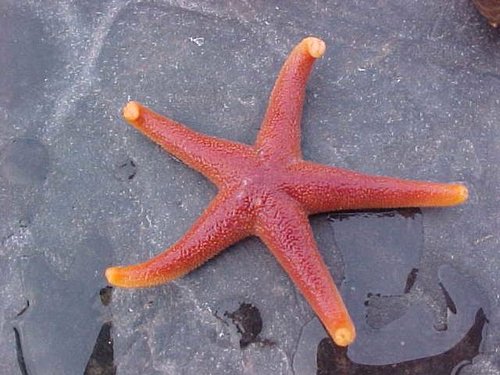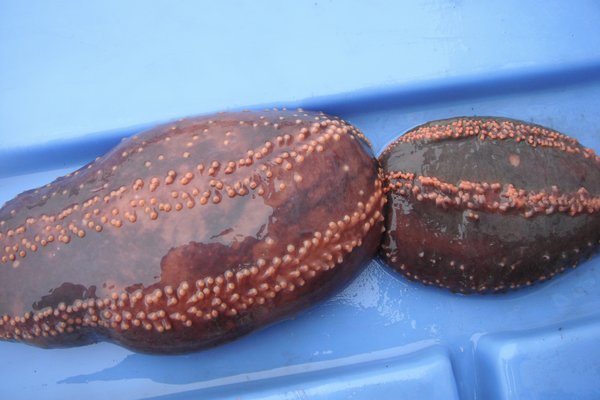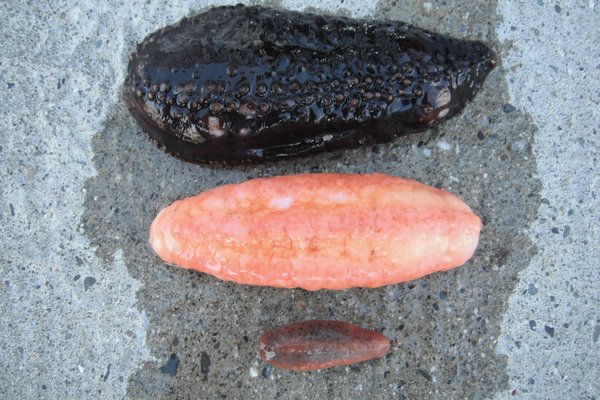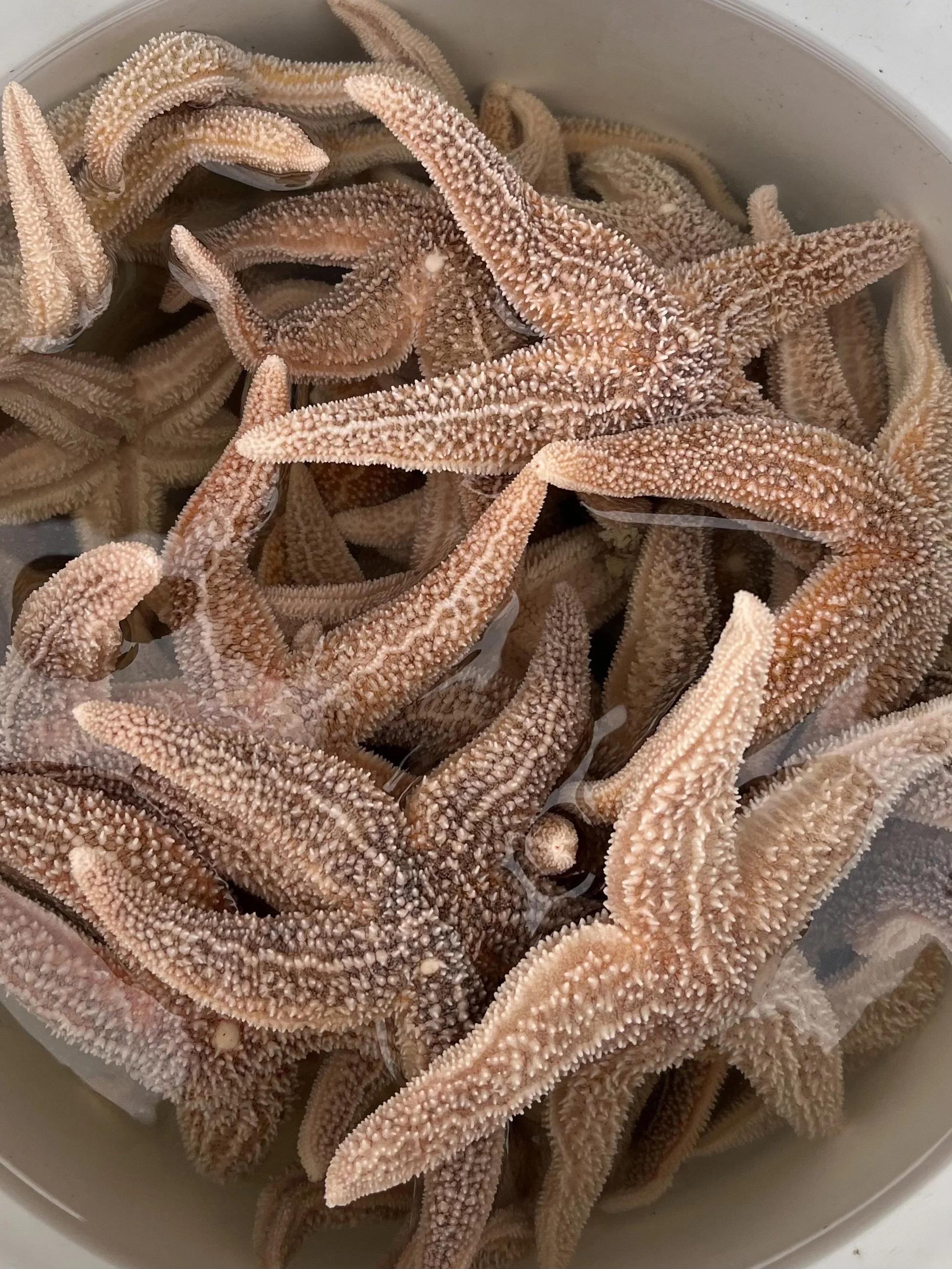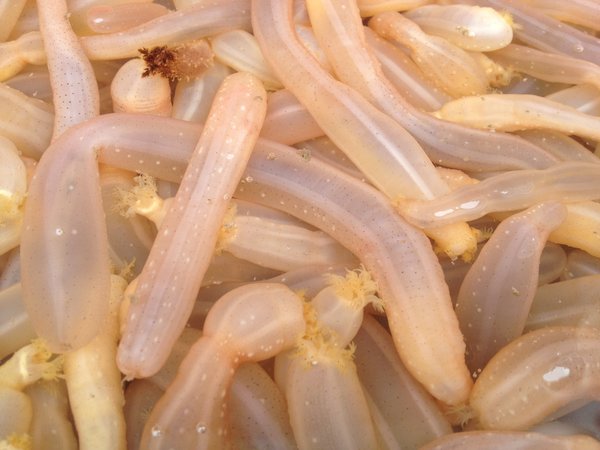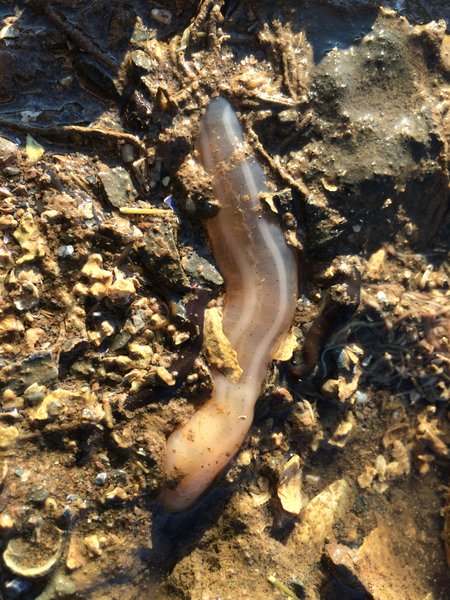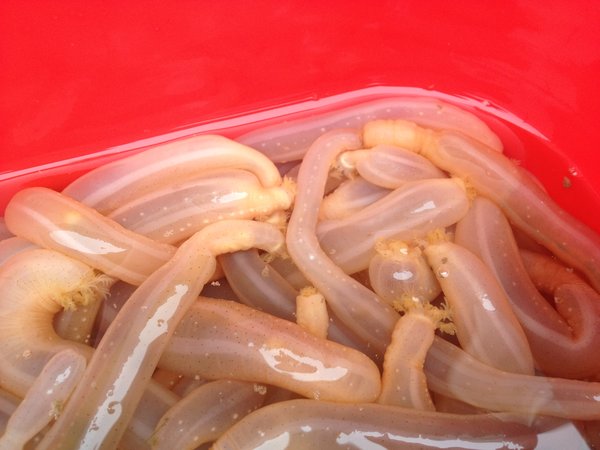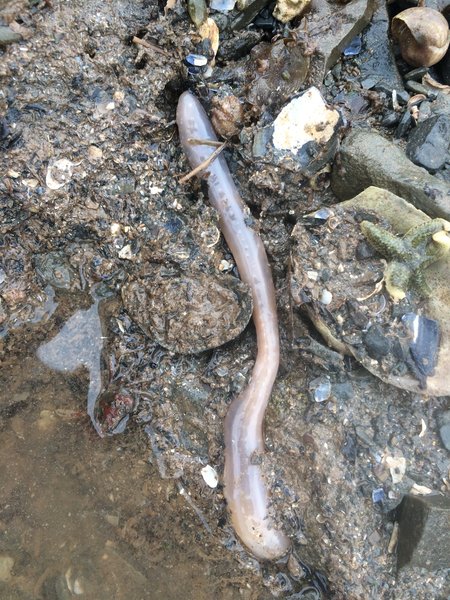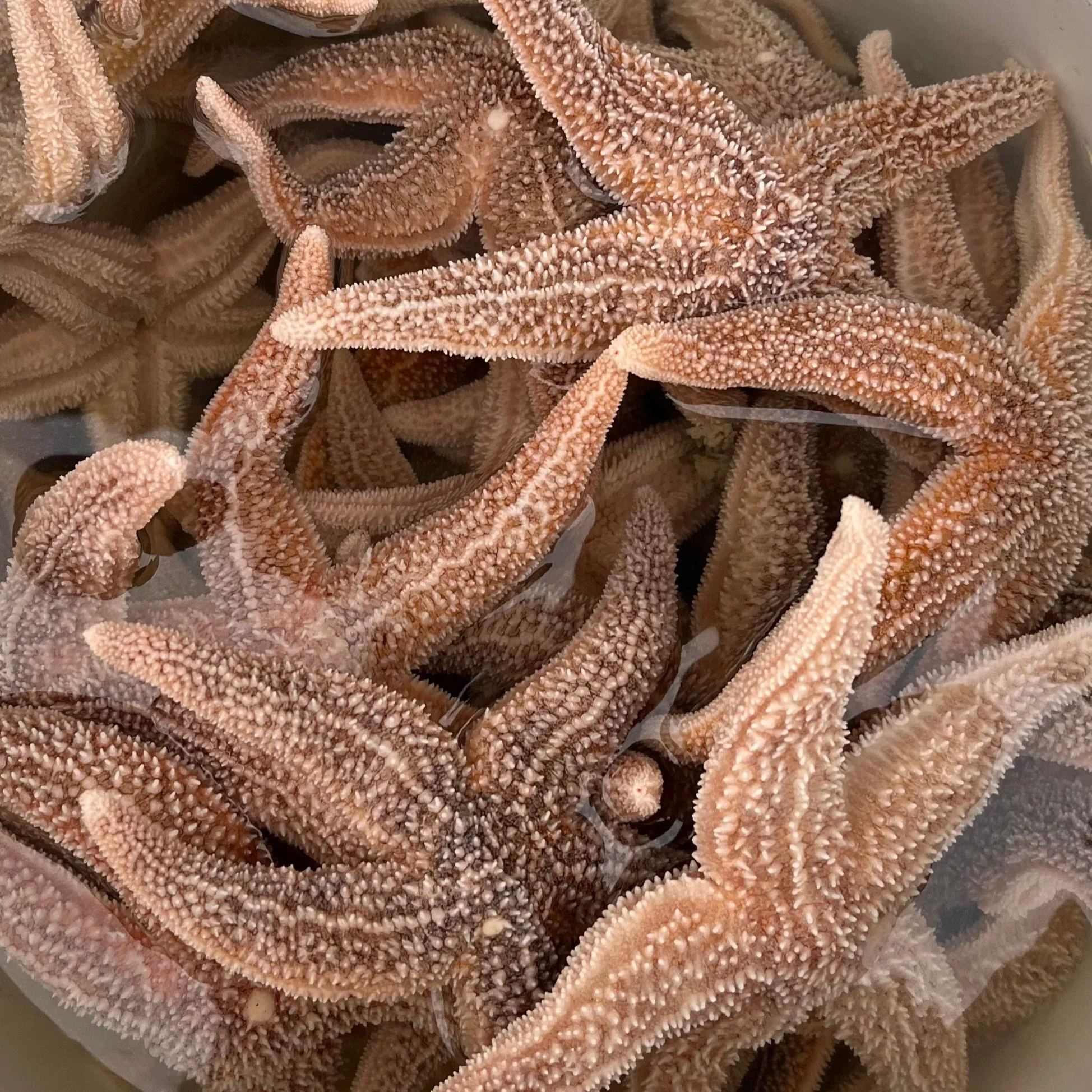 Image 1 of 3
Image 1 of 3

 Image 2 of 3
Image 2 of 3

 Image 3 of 3
Image 3 of 3




Northern Sea Star (Asterias vulgaris)
Live Northern Sea Star (Asterias vulgaris)
Please note this is a live marine specimen.
The Northern Sea Star (Asterias vulgaris) is one of the most recognizable and abundant echinoderms along the North Atlantic coast. Found in shallow, rocky waters, these sea stars display a wide range of colors—from red and brown to green and purple—and feature five sturdy arms used for locomotion and feeding.
Each specimen is hand-collected from the Gulf of Maine and shipped fresh for classroom dissection, aquarium display, or marine biology research. A durable and fascinating species ideal for educational and research use.
Common name: Northern sea star
Scientific name: Asterias vulgaris
Locations: Shallow coastal waters, attached to rocks
Seasonality: Available all year
Colors: Red, brown, purple, green
Size: 6”–8”
Collected: By hand
Quantity: Sold by the each
Note: This is a live marine specimen. Natural variations in size, color, and appearance from photos should be expected. If you would like any specimen preserved, please send a request to: info@gulfofme.com.
Live Northern Sea Star (Asterias vulgaris)
Please note this is a live marine specimen.
The Northern Sea Star (Asterias vulgaris) is one of the most recognizable and abundant echinoderms along the North Atlantic coast. Found in shallow, rocky waters, these sea stars display a wide range of colors—from red and brown to green and purple—and feature five sturdy arms used for locomotion and feeding.
Each specimen is hand-collected from the Gulf of Maine and shipped fresh for classroom dissection, aquarium display, or marine biology research. A durable and fascinating species ideal for educational and research use.
Common name: Northern sea star
Scientific name: Asterias vulgaris
Locations: Shallow coastal waters, attached to rocks
Seasonality: Available all year
Colors: Red, brown, purple, green
Size: 6”–8”
Collected: By hand
Quantity: Sold by the each
Note: This is a live marine specimen. Natural variations in size, color, and appearance from photos should be expected. If you would like any specimen preserved, please send a request to: info@gulfofme.com.
The star in the center of this image is overturned, revealing its tube feet. The center is where its stomach will come out to externally digest soft body tissues of their prey.
Tidepool Tim says, “This sea star is able to tolerate low salinity, and will venture into the brackish water, allowing it to be quite widespread. They are found in tide pools, on pilings, and on sandy to rocky ocean bottoms. They are very attracted to mussel beds, where prey is abundant. To get around, stars actually walk on many rows of tube feet! An active star can travel a mile in a week! When they find prey, their stomachs actually slip into the shell of their prey and release digestive enzymes onto them to break down their soft parts. They are also capable of regenerating lost arms! Did you know that they have an eye on the end of each arm?”

